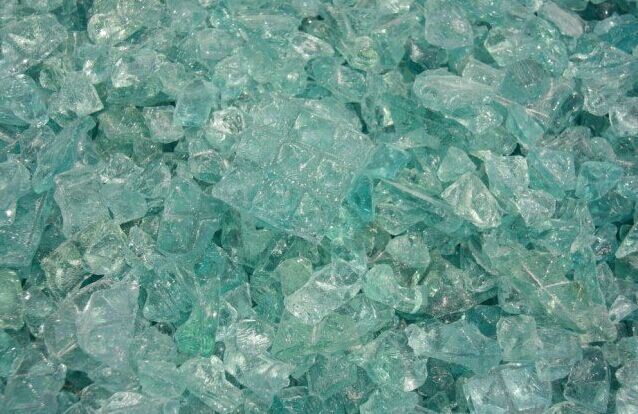Commercial hydroponics can be extremely expensive, given the technological complexity and supplies required for a successful crop. The biggest costs are usually related with the initial setup but subsequent crops can also become very expensive, especially if you are using boutique fertilizers or additives that can get very expensive very quickly. Today I want to talk about five ways in which you can save money in a hydroponic crop from a crop-cycle perspective.
Avoid buying liquid concentrates as fertilizers. Liquid fertilizers have some intrinsic advantages – like their homogeneity – but they contain a lot of water, which means that you will need to ship more than one pound of water for every pound of fertilizer you get. This will increase the cost of the fertilizer significantly, even if you’re buying fertilizers in bulk for a commercial crop. When buying single bulk or blended fertilizers make sure you always buy solids to greatly save on these costs.

Prepare your own blend of fertilizers for macro nutrients. The most complicated part of fertilizer preparation usually deals with the micronutrient portion of fertilizers, if you want to be as simple and cost efficient as possible you can actually buy this portion – some companies specifically sell the micro part – and then prepare all the macro fertilizer blends yourself. You can then hire a consultant or read the scientific literature to get a formulation you can then use to prepare your macro portion from bulk commercially available fertilizers (which are extremely cheap).
Prepare your own foliar treatments. Foliar spraying can greatly reduce problems and increase crop yields, so it is usually a no-brainer to make sure you use foliar sprays within your crop cycle. Some of these foliar additives can be very expensive though, but it can be very cheap for you to prepare your own additives if you have the proper know-how.
Use a recirculating nutrient system. Drain-to-waste nutrient setups are extremely wasteful. If you want to have a crop that is as cheap to run as possible you will need to go to a proper recirculating setup. Once you do this you will be able to use your recirculating solutions for weeks before having to carry out a nutrient change and, even then, there are some techniques that might allow you to keep your nutrient solution for even longer. Imagine if you only needed to prepare/change nutrients once every blue moon.

Make sure you use silicon additives. Many growers fail to use silicate containing additives within their crops and generally suffer from a far greater chance of having losses due to fungi. Potassium silicate is extremely cheap and with it you can make your own silicon containing additive that you can use to greatly fortify your crop against fungal disease. A small additional expense can save you a lot of loss and heartache down the line. You can a save a lot of money by avoiding commercial hydroponic silicate products and instead making your own silicate additive yourself from potassium silicate.
When implemented, the above changes can help a commercial operation save tens to hundreds of thousands of dollars per year in nutrients, additives and crop losses. Even only implementing a couple of the above can help a mid sized operation save a ton of money in just fertilizer if, for example, in-house macro fertilizers are used, or if a recirculating system with proper nutrient management is established.
Of course, the above steps are not trivial so I would recommend anyone attempting to do them for the first time to get someone with experience in the hydroponic industry to guide their hand through the process. That could either be me or any other highly experienced consultant in the field of commercial hydroponic growing and nutrients management. If you have enough time and the inclination to do so you could also try to learn the above things yourself from scientific literature and online resources, but if you choose to do so I would advice you try to implement what you learn in smaller crops before scaling to larger projects.





